

Articles
How To Measure Window For Curtains
Modified: December 7, 2023
Learn how to measure your windows for curtains with our helpful articles. Get the perfect fit and style for your home.
(Many of the links in this article redirect to a specific reviewed product. Your purchase of these products through affiliate links helps to generate commission for Storables.com, at no extra cost. Learn more)
Introduction
Welcome to this comprehensive guide on how to measure a window for curtains. Whether you are redecorating your home or simply looking to enhance the functionality and aesthetic appeal of your windows, accurately measuring for curtains is crucial to achieving the perfect fit. In this article, we will walk you through the step-by-step process of measuring your windows to ensure you get the right size curtains. From gathering the necessary tools to considering curtain fullness, we’ve got you covered.
Having the right measurements not only ensures that your curtains will fit nicely on your windows but also helps you determine the appropriate length and fullness for your desired aesthetic. So let’s dive in and learn how to measure your windows like a pro!
Key Takeaways:
- Accurate measurements are crucial for perfectly fitting curtains. Consider width, height, length, and fullness to achieve the desired aesthetic and functionality.
- Gathering the right tools and considering fullness ratio are essential for achieving a balanced and elegant look with your curtains.
Read more: How To Remove Window Blinds
Step 1: Gather the necessary tools
Before you begin measuring your windows for curtains, it’s important to gather the necessary tools to ensure accuracy. Here are the items you will need:
- Tape measure: A retractable tape measure is essential for precise measurements. Make sure it’s long enough to measure the width and height of your windows.
- Pencil or pen: You’ll need a writing utensil to mark your measurements.
- Notepad or paper: Keeping a notepad or paper handy will help you record your measurements and jot down any additional notes.
- Step stool or ladder: If your windows are high up, a step stool or ladder will be necessary to safely reach and measure them.
By having these tools readily available, you’ll be well-prepared to accurately measure your windows and make informed decisions when it comes to selecting the right curtains.
Step 2: Measure the width of the window
Measuring the width of your window is the first step in determining the appropriate size for your curtains. Follow these steps to measure the width accurately:
- Start by opening the curtains or blinds currently on the window. This will give you a clear view of the window frame and make measuring easier.
- Take your tape measure and extend it horizontally across the top of the window frame. Measure from the outer edge of the frame on the left side to the outer edge of the frame on the right side. Make sure to keep the tape measure straight and taut.
- Record the measurement in inches or centimeters. It’s a good practice to write down the measurement as you go to avoid any confusion later on.
- If you have multiple windows of the same size, be sure to measure each one individually as slight variations can occur.
It’s important to note that when selecting curtains, you may want to add a few extra inches to the width measurement. This will allow the curtains to have a fuller appearance and cover the window adequately when drawn closed. Adding 4-8 inches to the width is a common practice, but it ultimately depends on your personal preference and the style of curtains you choose.
Once you have the accurate width measurement, you can proceed to the next step of measuring the height of the window.
Step 3: Measure the height of the window
After measuring the width of your window, it’s time to measure the height to ensure your curtains will cover the entire window area. Follow these steps to measure the height accurately:
- With the curtains or blinds still open, take your tape measure and extend it vertically from the top of the window frame to the bottom. Measure from the highest point of the frame to the lowest.
- Make sure to keep the tape measure straight and taut while taking the measurement.
- Record the height measurement in inches or centimeters.
- If your window has a sill or a window seat, decide whether you want the curtains to hang above or below it. Take this into consideration when measuring the height as it will affect the final length of the curtains.
Keep in mind that the height measurement should account for how high or low you want the curtains to hang. For a traditional look, curtains often extend slightly beyond the bottom of the window frame. If you prefer a more modern or tailored appearance, you can opt for curtains that float just above the window sill or even hang slightly higher.
By accurately measuring the height of your window, you’ll have the necessary information to select curtains that will perfectly complement the window and create a stylish and balanced look.
When measuring for curtains, always use a metal tape measure for accuracy. Measure the width of the window and add at least 4-8 inches on each side for proper coverage. For the length, measure from the top of the window to where you want the curtains to end.
Step 4: Determine the curtain length
Now that you have measured the width and height of your window, it’s time to determine the length of the curtains you’ll need. The curtain length will depend on your personal preference and the style you want to achieve. Here are a few common curtain length options:
- Floor length: If you prefer a more traditional and elegant look, you can choose curtains that extend all the way to the floor. Measure the distance from the top of the window frame to the floor and select curtains that match or slightly exceed this measurement.
- Sill length: Curtains that hang just above the window sill create a more casual and modern appearance. Measure the distance from the top of the window frame to the window sill and choose curtains that fall slightly above it.
- Apron length: For a contemporary and trendy look, curtains that hang a few inches below the window sill, typically around 4-6 inches, are a great option. Measure the distance from the top of the window frame to the desired length and select curtains accordingly.
- Ceiling-to-floor: For a dramatic and grand effect, you can opt for curtains that reach from the ceiling to the floor. Measure the distance from the ceiling to the floor and select curtains that match or slightly exceed this measurement.
It’s important to note that the curtain length you choose will also depend on the type of curtain heading you prefer. Some curtain headings, such as rod pockets, may require additional fabric length for proper fullness and draping.
By determining the appropriate curtain length, you’ll be able to achieve the desired style and ensure that your curtains beautifully complement your window and overall aesthetic.
Read more: How To Close Window Blinds
Step 5: Consider curtain fullness
When measuring for curtains, it’s essential to consider the desired fullness. Fullness refers to the amount of fabric used relative to the window width, and it can significantly impact the overall appearance and functionality of the curtains. Here are a few factors to consider when determining the desired fullness:
- Light control: If you want your curtains to block out more light and provide better privacy, opt for fuller curtains. The extra fabric will help create a denser barrier between the window and the room.
- Visual appeal: Full curtains can add a sense of luxury and elegance to any space. If you aim to create a more opulent look, consider choosing curtains that are 1.5 to 3 times wider than the actual window width.
- Fabric drape: Some fabrics naturally have more volume, while others may be lighter and less dense. Thicker fabrics require less fullness to achieve a luxurious appearance, while thinner fabrics may require more fullness to look substantial.
- Style and pleating: Certain curtain styles, like pinch pleats or goblet pleats, require more fabric and fullness to create the desired pleated effect. Consider the curtain style you prefer and the fullness it requires.
As a general recommendation, curtains with a fullness ratio of 2:1 or 2.5:1 (twice or two-and-a-half times the window width) are commonly used to achieve a balanced and elegant look. However, the ideal fullness will depend on your personal preference and the style of curtains you choose.
By considering the curtain fullness, you can enhance the overall appearance and functionality of your curtains, making them a beautiful addition to your windows.
Step 6: Finalize your measurements
After considering the width, height, length, and fullness of the curtains, it’s time to finalize your measurements. Here’s a quick checklist to ensure you have all the necessary measurements:
- Window width: Measure the width of the window frame and determine if you want to add any extra inches for fullness.
- Window height: Measure the height of the window frame, taking into account where you want the curtains to hang.
- Curtain length: Decide on the desired curtain length based on your style preference and the measurements taken from the top of the window frame to the floor, sill, or desired length.
- Curtain fullness: Consider the desired fullness ratio, taking into account factors such as light control, visual appeal, fabric drape, and curtain style.
Once you have all the measurements, double-check them to ensure accuracy. It’s always a good idea to measure twice to be certain. If you have multiple windows, repeat the steps for each window and record the measurements separately.
Additionally, it’s important to keep in mind any special considerations, such as curtain rod placement, hardware requirements, or any architectural elements that may impact the curtain installation. Take note of these details to ensure a proper fit and smooth installation process.
By finalizing your measurements, you’ll have the confidence to proceed with selecting the right curtains for your windows and move forward with your home decorating project.
Conclusion
Measuring your windows for curtains is a crucial step in achieving the perfect fit and enhancing the overall look of your space. By following the step-by-step guide outlined in this article, you’ll be well-equipped to measure your windows accurately and make informed decisions when selecting curtains.
Remember to gather the necessary tools, including a tape measure, pencil or pen, notepad or paper, and a step stool or ladder if needed. Measure the width and height of your windows, considering any extra inches for fullness and the desired curtain length. Take into account the curtain style and the desired fullness ratio to achieve the desired visual appeal and functionality.
By finalizing your measurements and double-checking them, you’ll have confidence in selecting the right curtains for your windows. Whether you choose floor-length, sill-length, or apron-length curtains, with the appropriate fullness, your curtains will add a touch of elegance and style to your space.
So, go ahead and take the time to measure your windows accurately. It’s a small step that will make a big difference in creating a welcoming and well-designed atmosphere in your home.
Happy measuring and curtain shopping!
Frequently Asked Questions about How To Measure Window For Curtains
Was this page helpful?
At Storables.com, we guarantee accurate and reliable information. Our content, validated by Expert Board Contributors, is crafted following stringent Editorial Policies. We're committed to providing you with well-researched, expert-backed insights for all your informational needs.
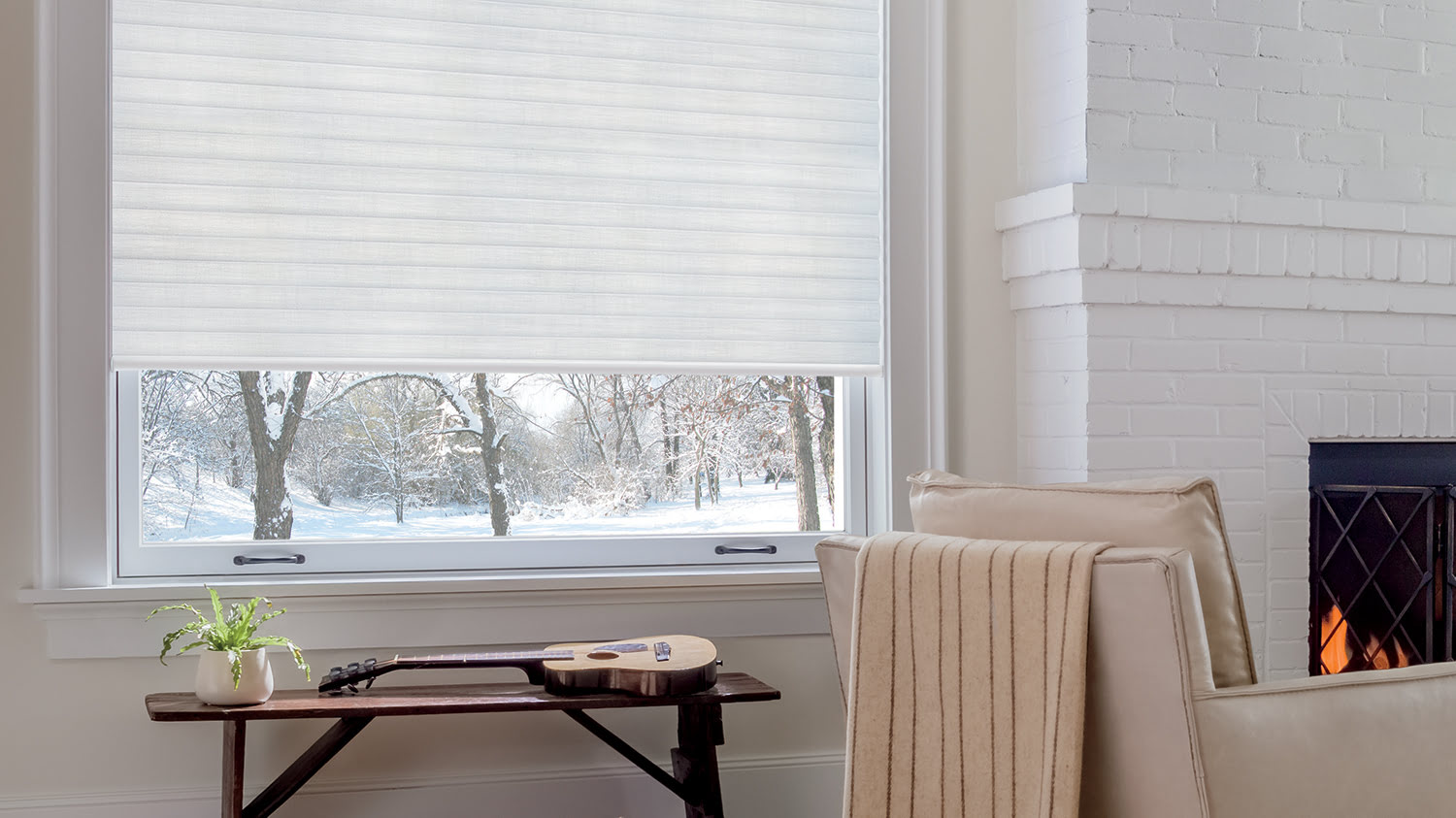

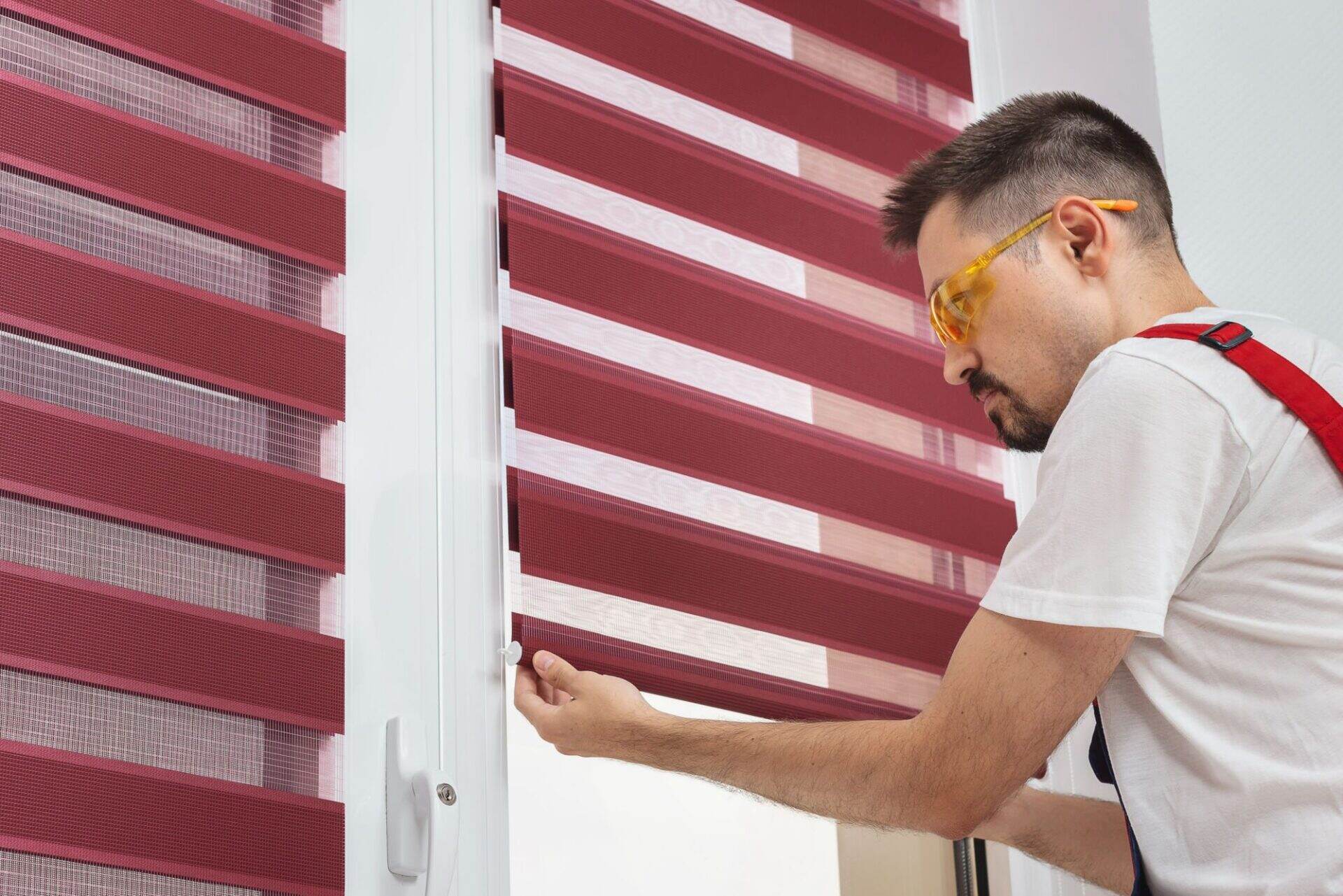

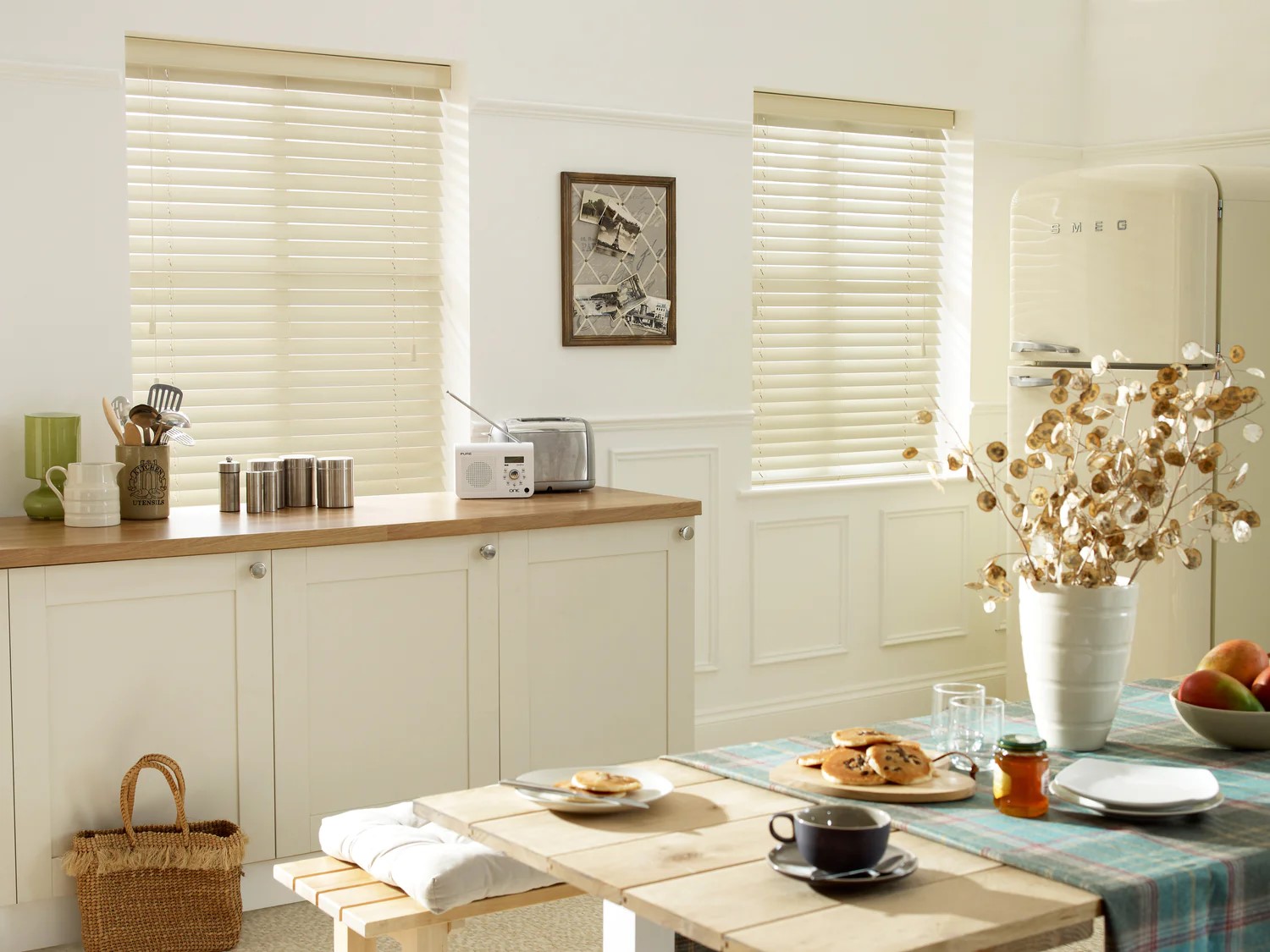
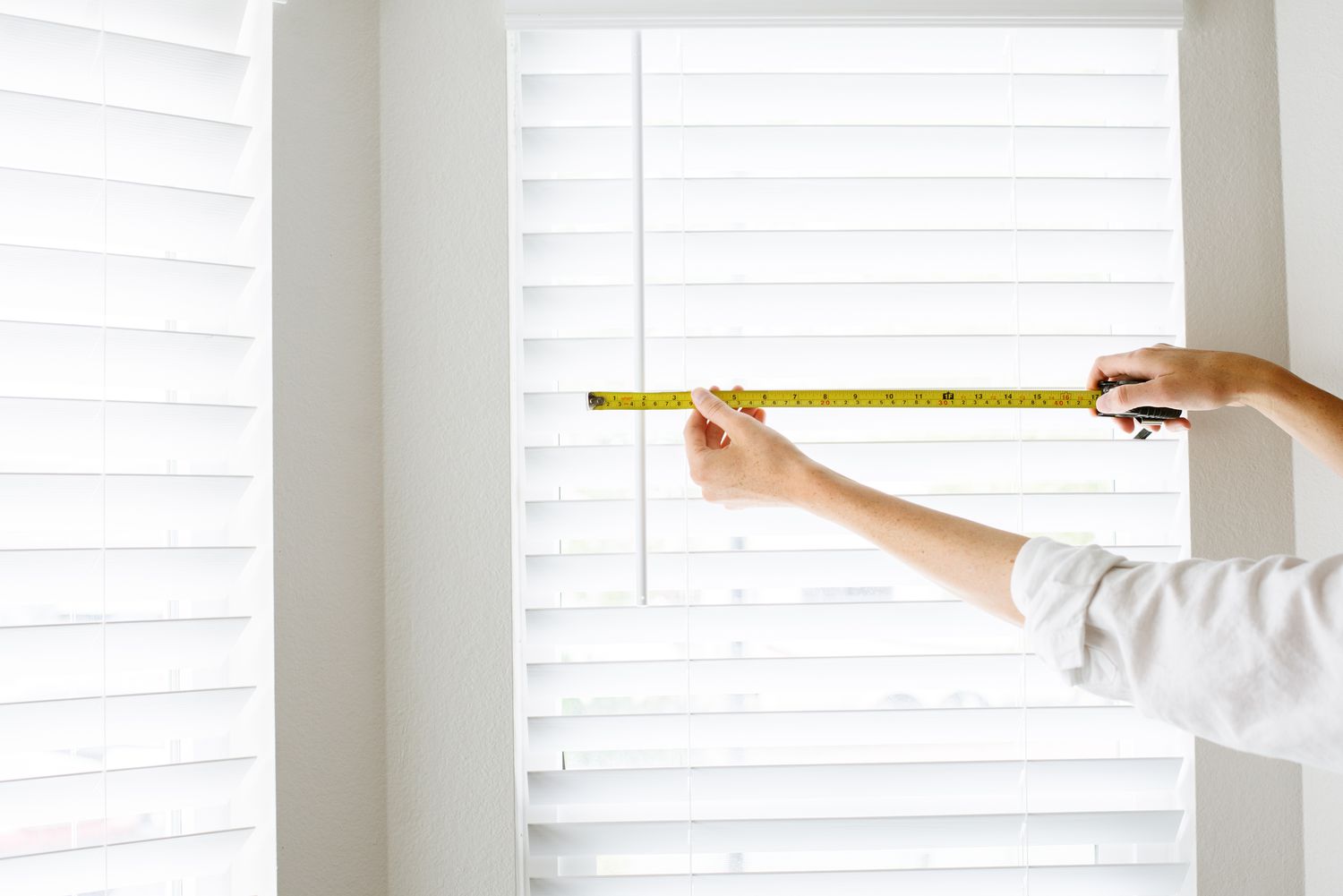
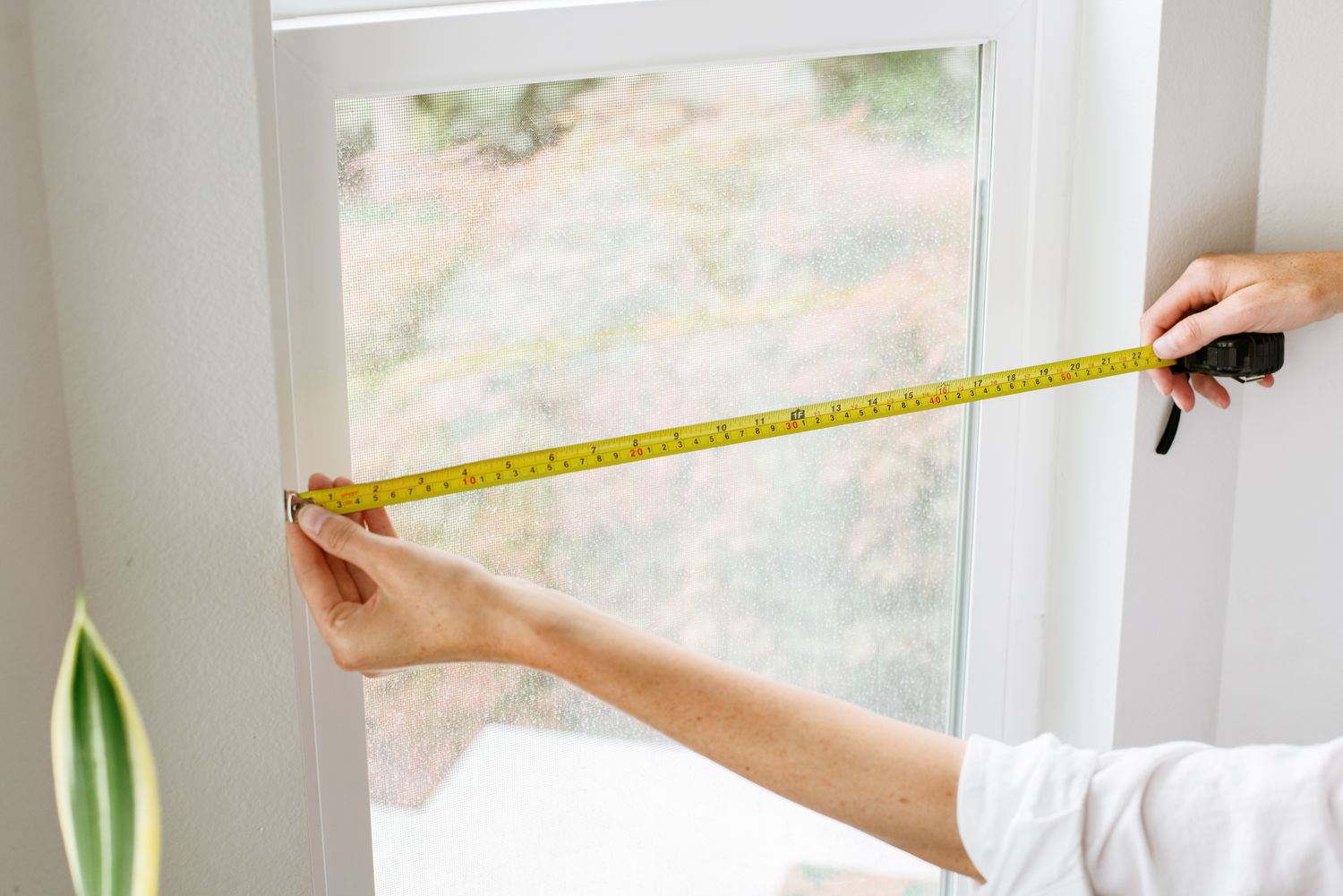
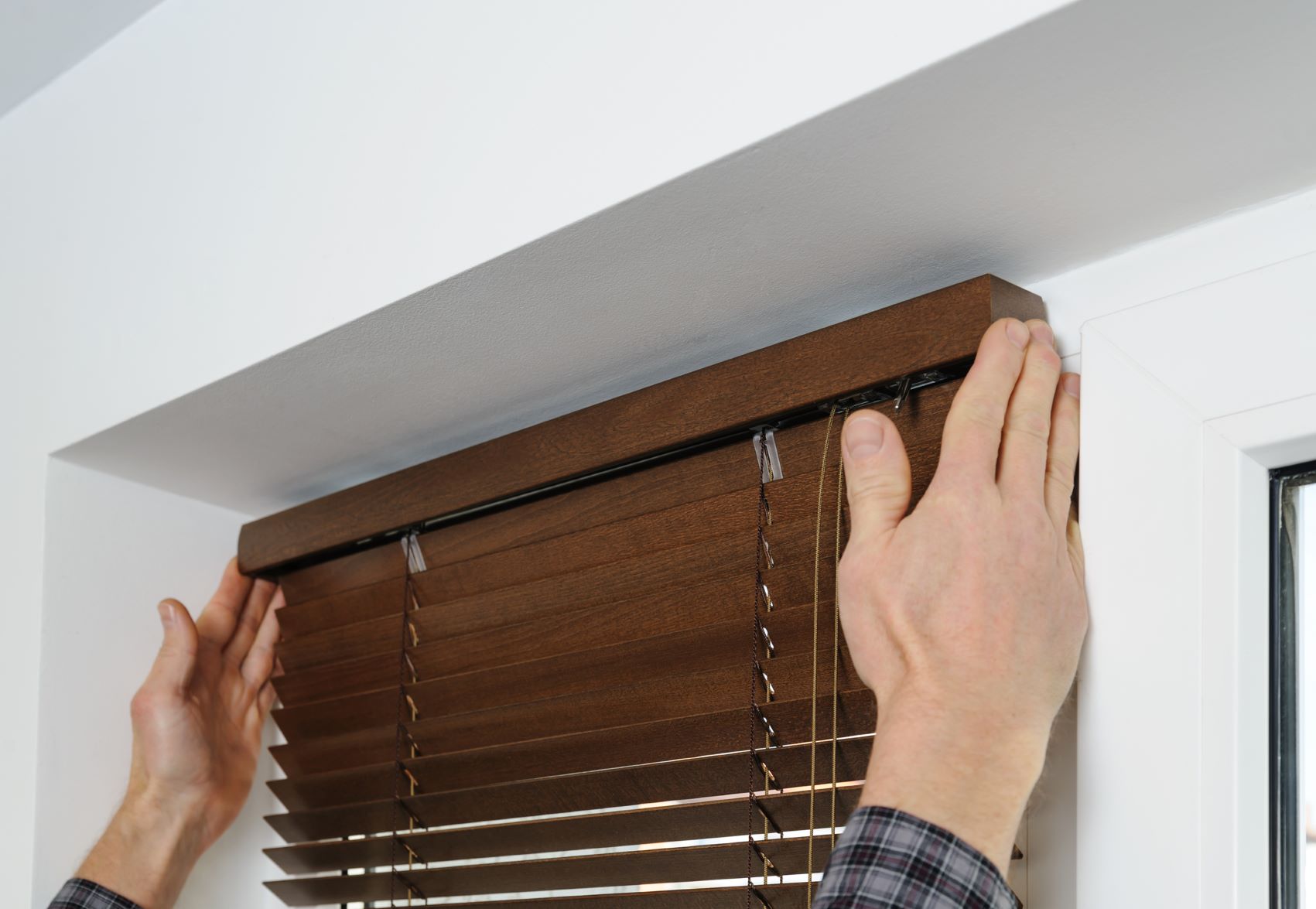
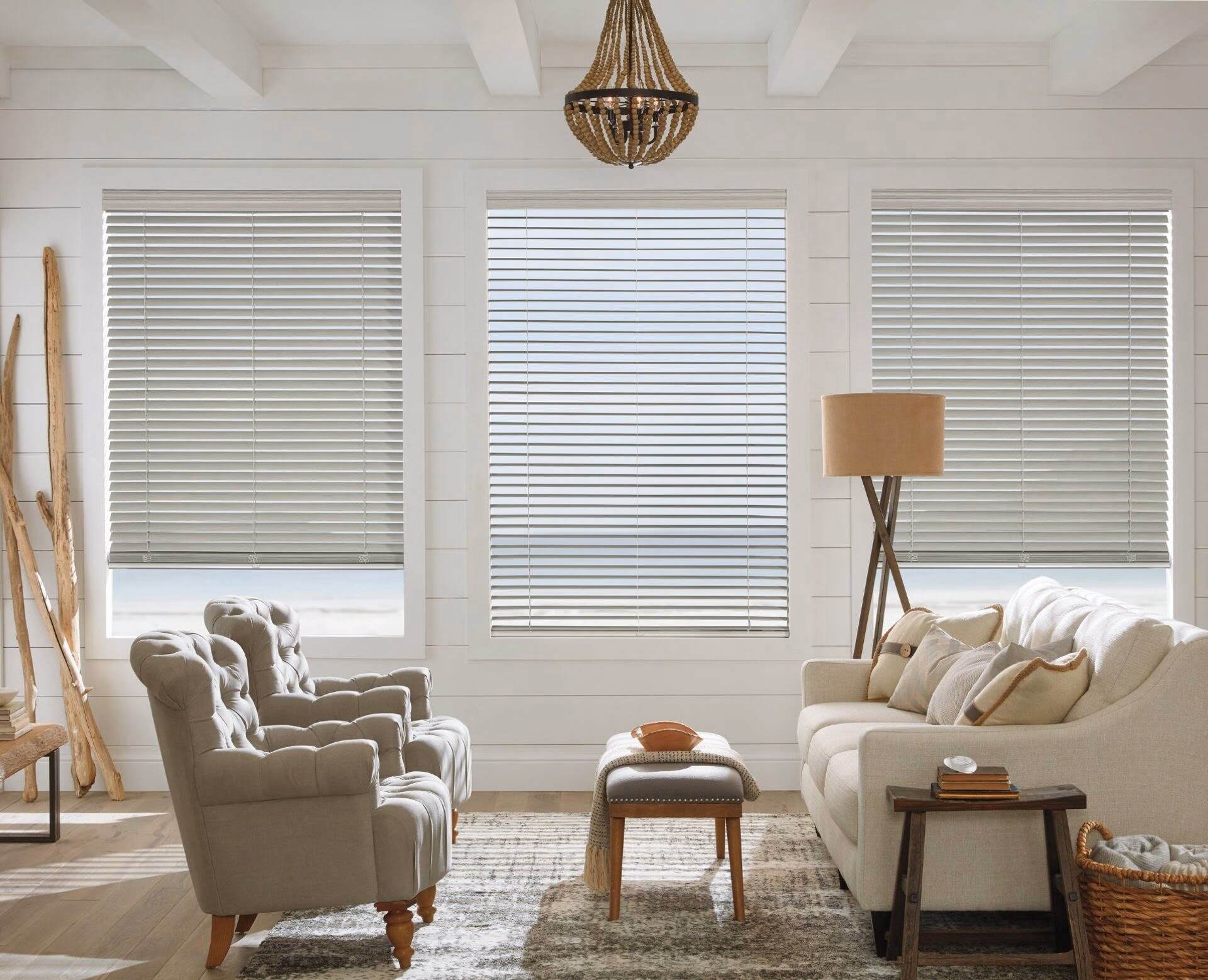
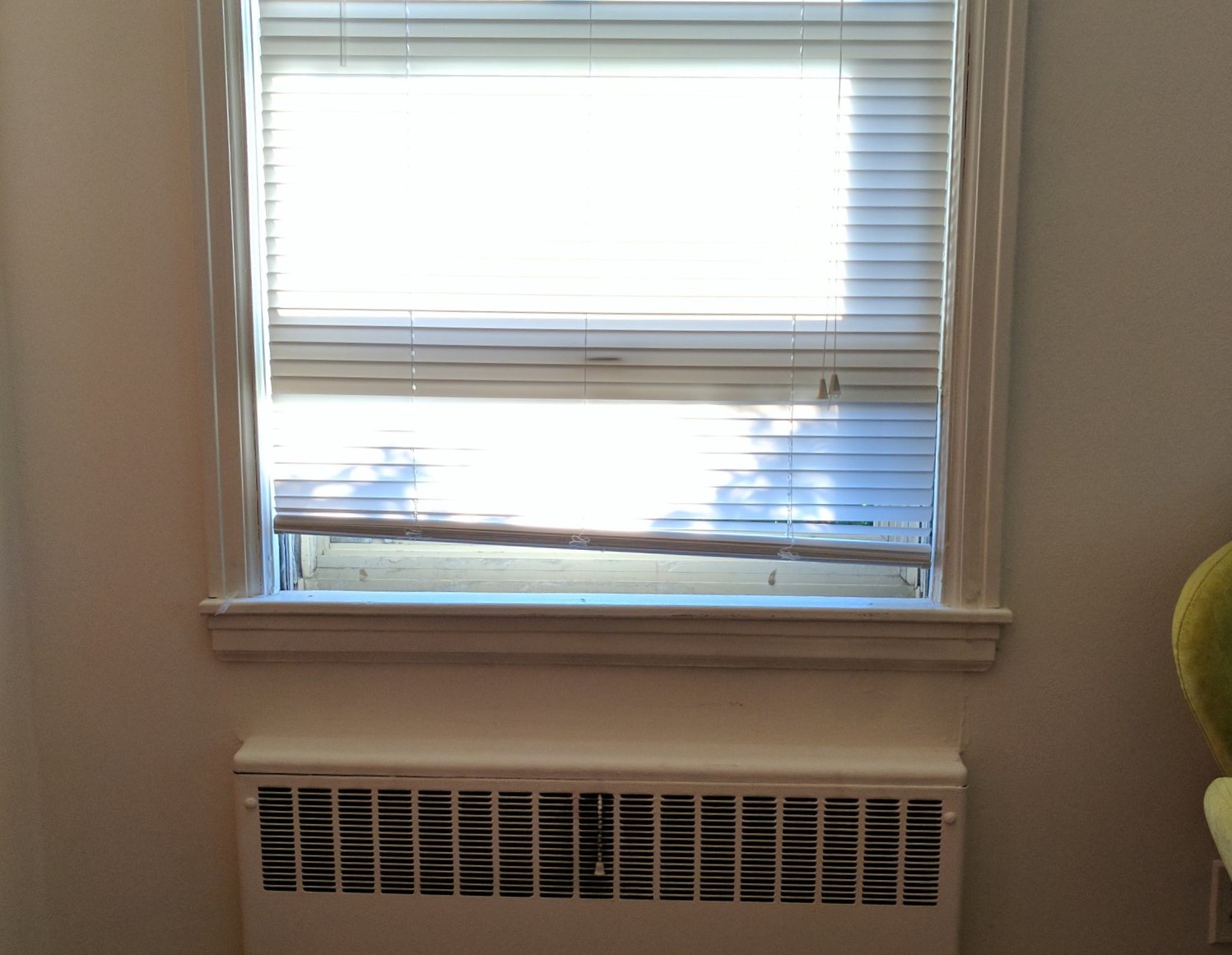
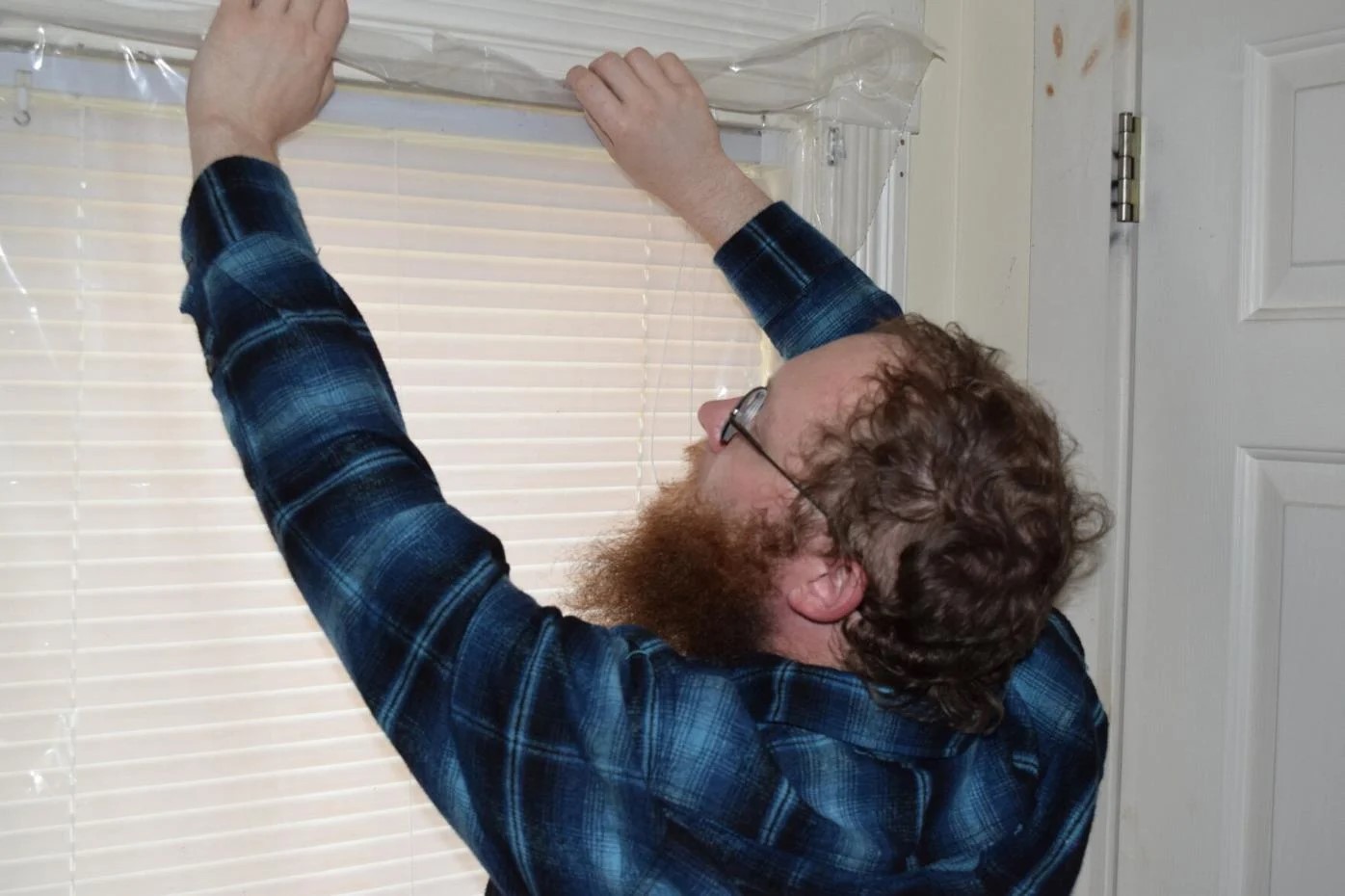
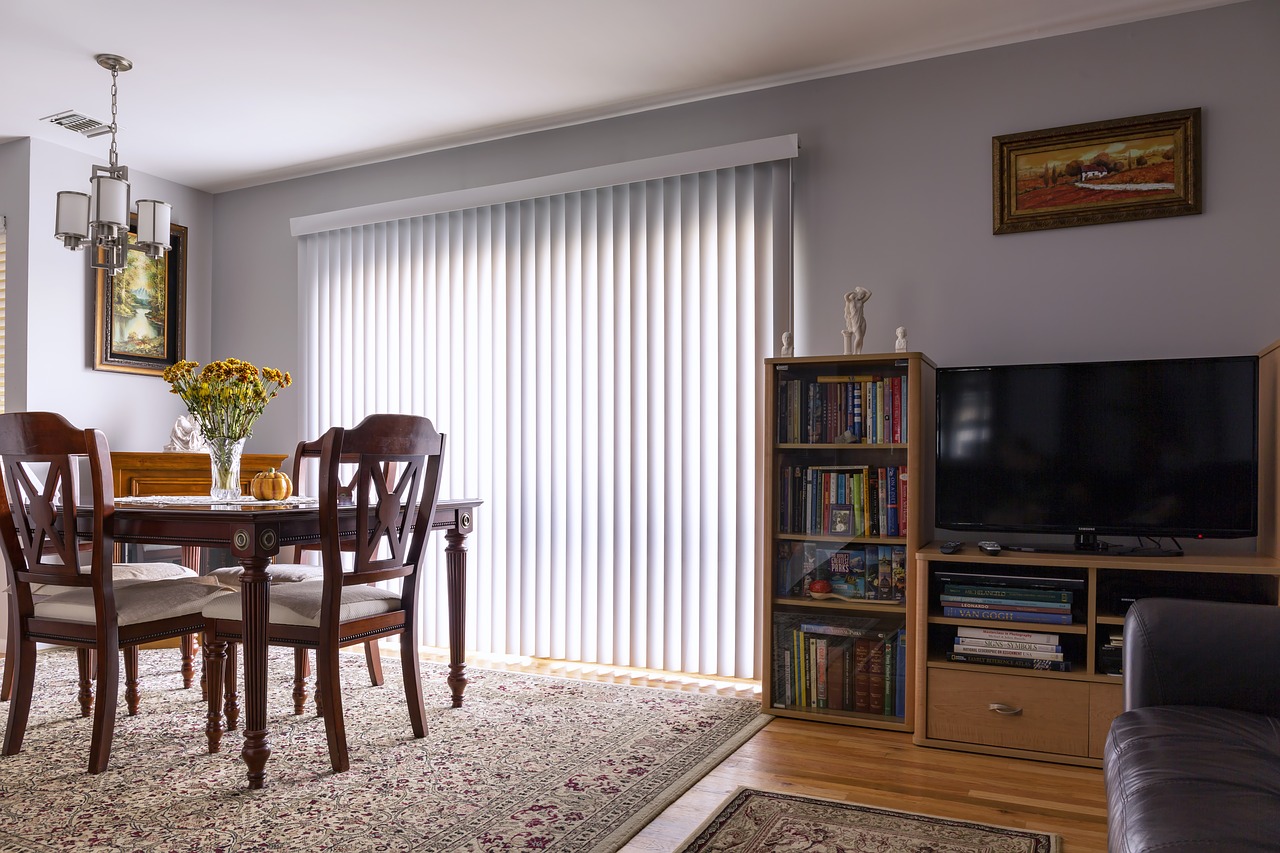
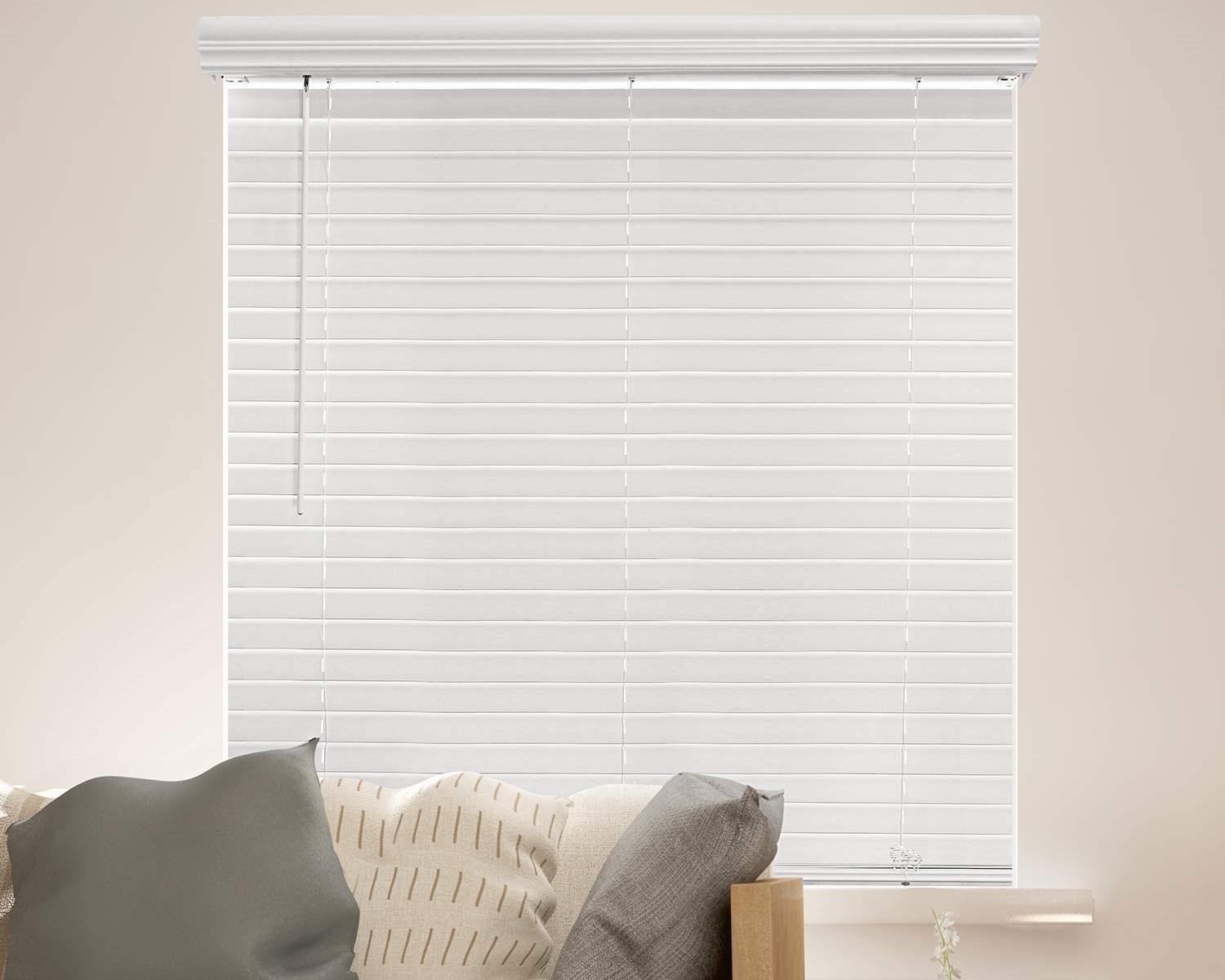
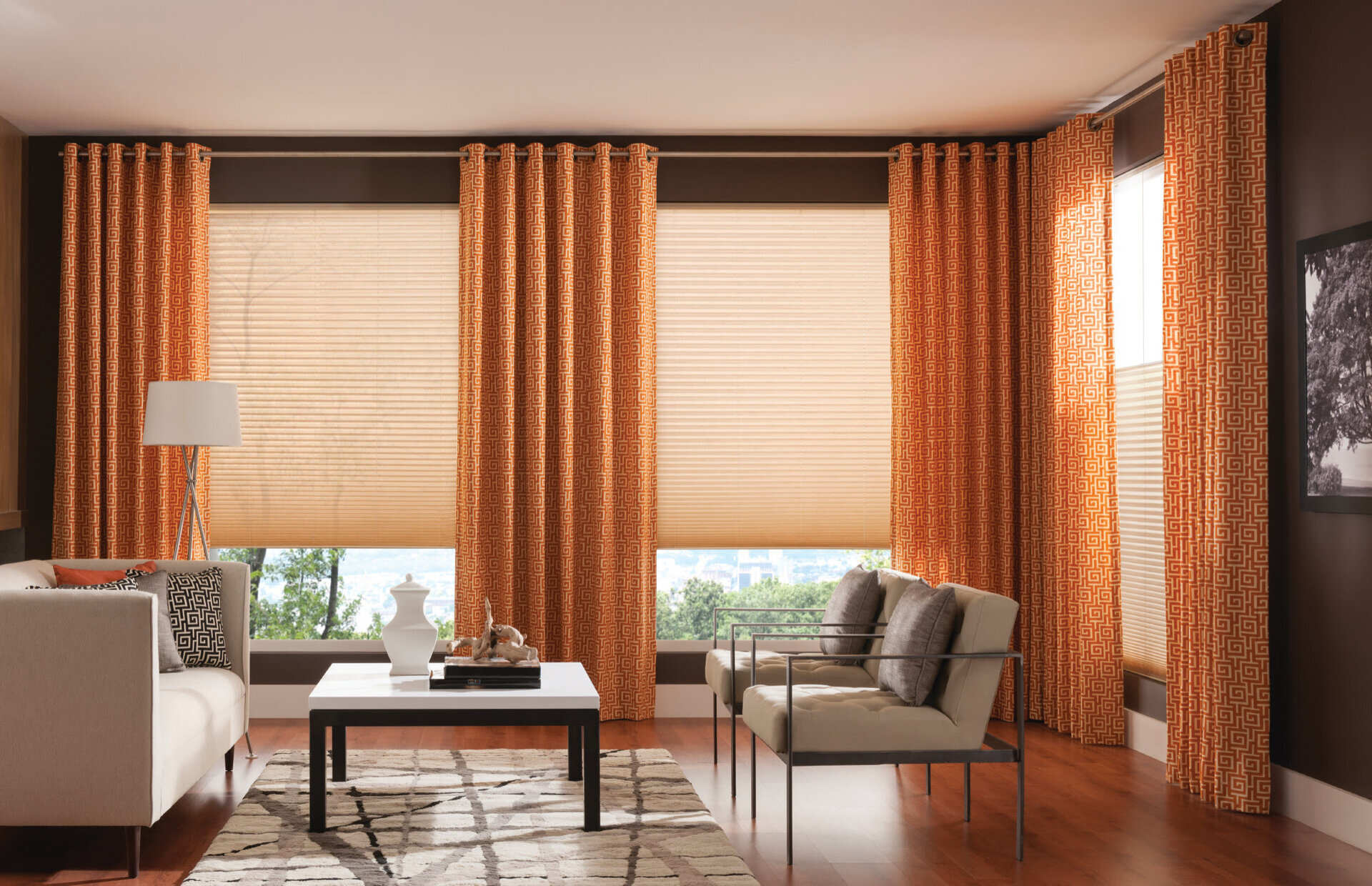

0 thoughts on “How To Measure Window For Curtains”